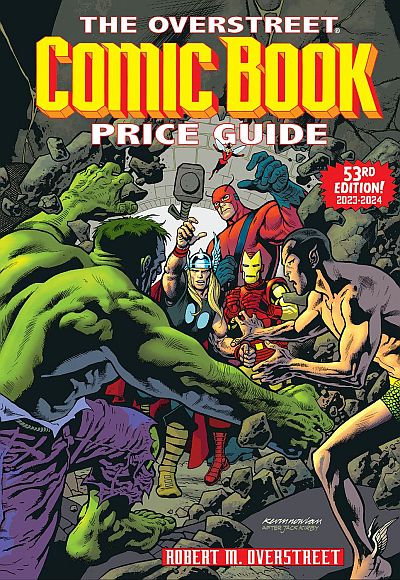People collect comic books for various reasons, and their motivations can be diverse. Here are some top reasons why individuals choose to collect comic books:
1. **Nostalgia:** Many collectors have a deep attachment to the comics they read in their youth. Collecting allows them to relive fond memories and reconnect with the characters and stories that shaped their childhood.
2. **Investment:** Some collectors view comic books as a potential investment. They believe that certain issues may appreciate in value over time, especially rare or key editions. The comic book market can be dynamic, and some issues have indeed become valuable over the years.
3. **Art appreciation:** Comic books are a unique form of art that combines storytelling with visual elements. Collectors often appreciate the artistic value of comic book illustrations, covers, and the creative process involved in crafting these stories.
4. **Fandom and passion:** Fans of specific characters, genres, or publishers collect comic books to express their love for the medium. Whether it’s superheroes, science fiction, fantasy, or independent comics, collectors enjoy being part of a community that shares similar interests.
5. **Completionism:** Some collectors are driven by the desire to complete a specific series, character run, or collection. This can be a challenging and rewarding pursuit, particularly when trying to obtain rare or hard-to-find issues.
6. **Social connections:** Collecting comic books can provide an avenue for social interaction. Many collectors join clubs, attend conventions, or engage in online forums to connect with others who share their passion. It becomes a way to build friendships and share experiences.
7. **Escapism and entertainment:** Comics offer a form of escapism, allowing readers to immerse themselves in fantastical worlds and engaging narratives. Collecting becomes a way to build a personal library of stories that bring joy and entertainment.
8. **Historical significance:** Certain comic books hold historical importance in the evolution of the medium or the cultural landscape. Collectors may be drawn to preserving these artifacts as a way of honoring the history and impact of comics.
9. **Limited editions and variants:** The appeal of limited edition or variant covers attracts collectors who enjoy the hunt for unique and exclusive items. Limited print runs can make certain comics more valuable and desirable to collectors.
10. **Creative inspiration:** Some collectors are aspiring writers, artists, or creators themselves. They collect comics not only for enjoyment but also to study the craft, gain inspiration, and learn about the evolution of storytelling and art in the medium.
Ultimately, the reasons people collect comic books are diverse and can be a combination of personal, emotional, and practical factors.







